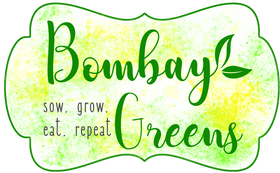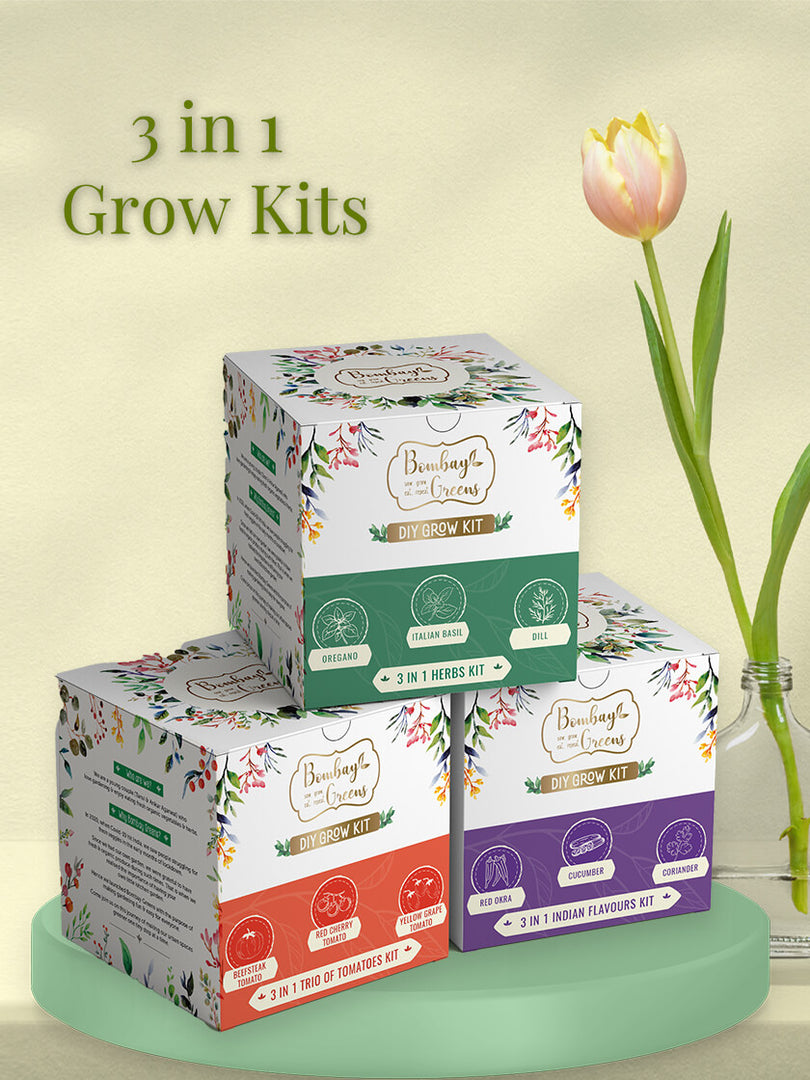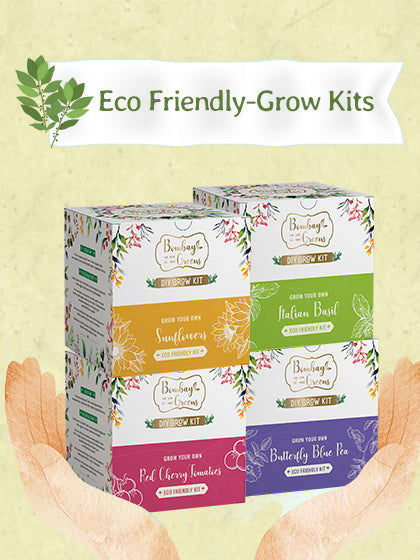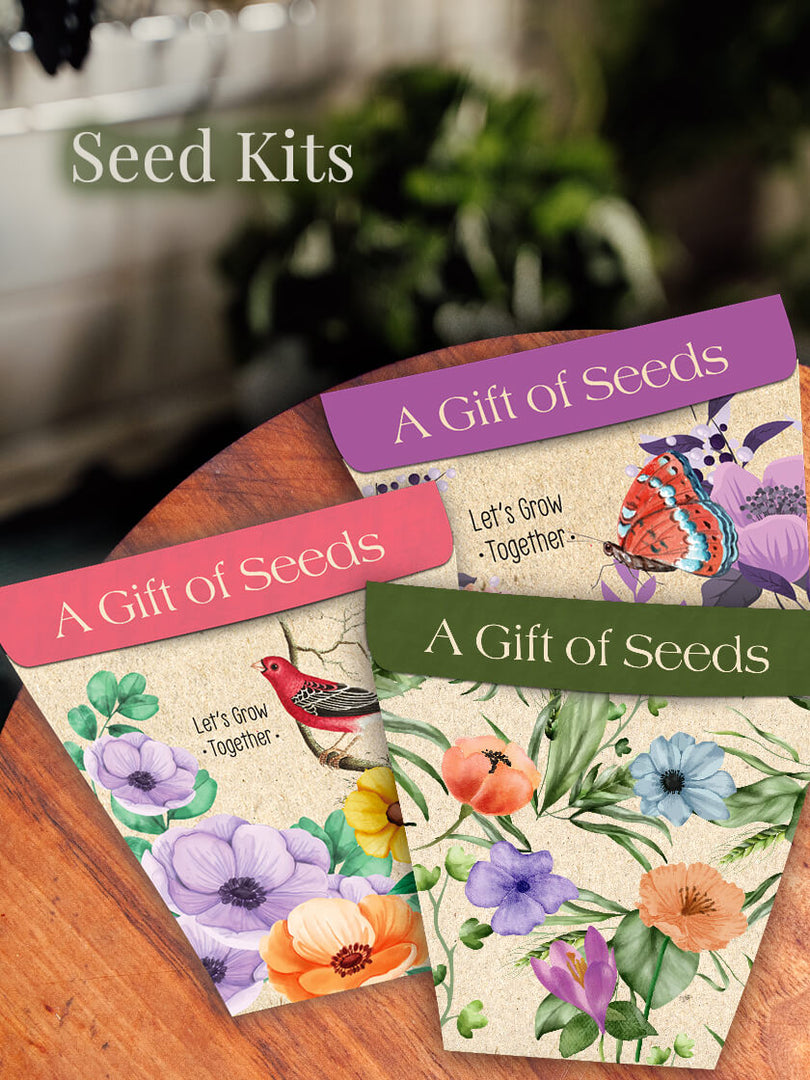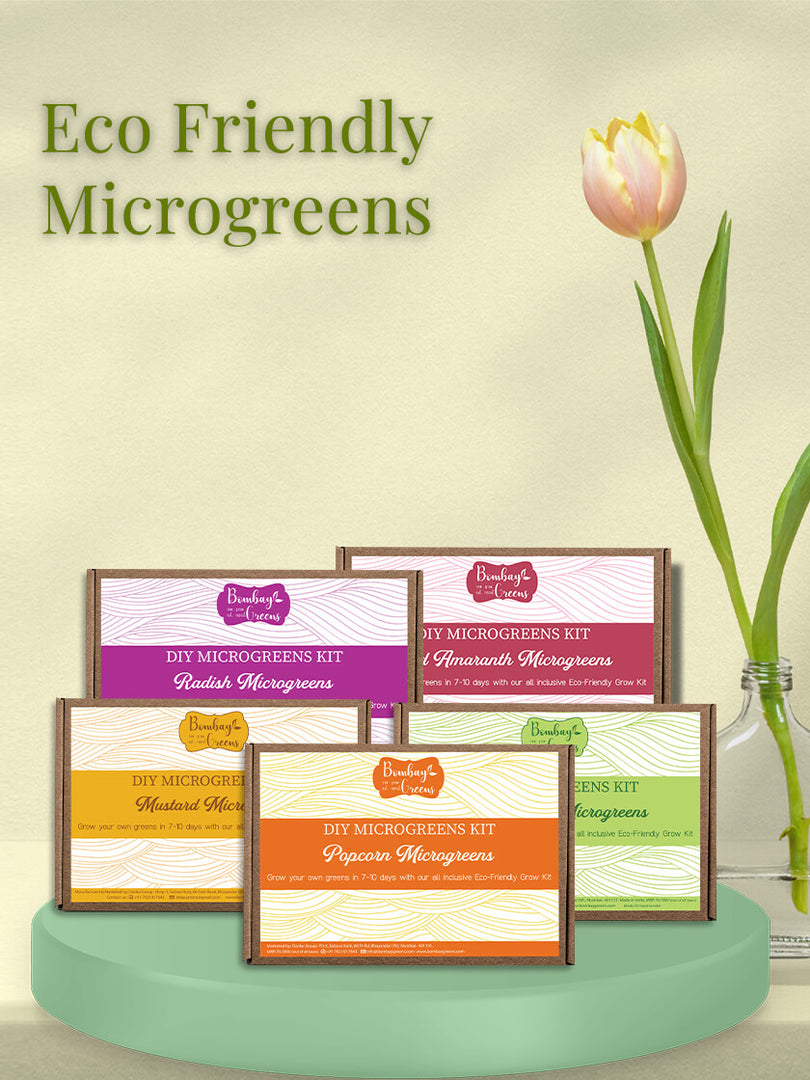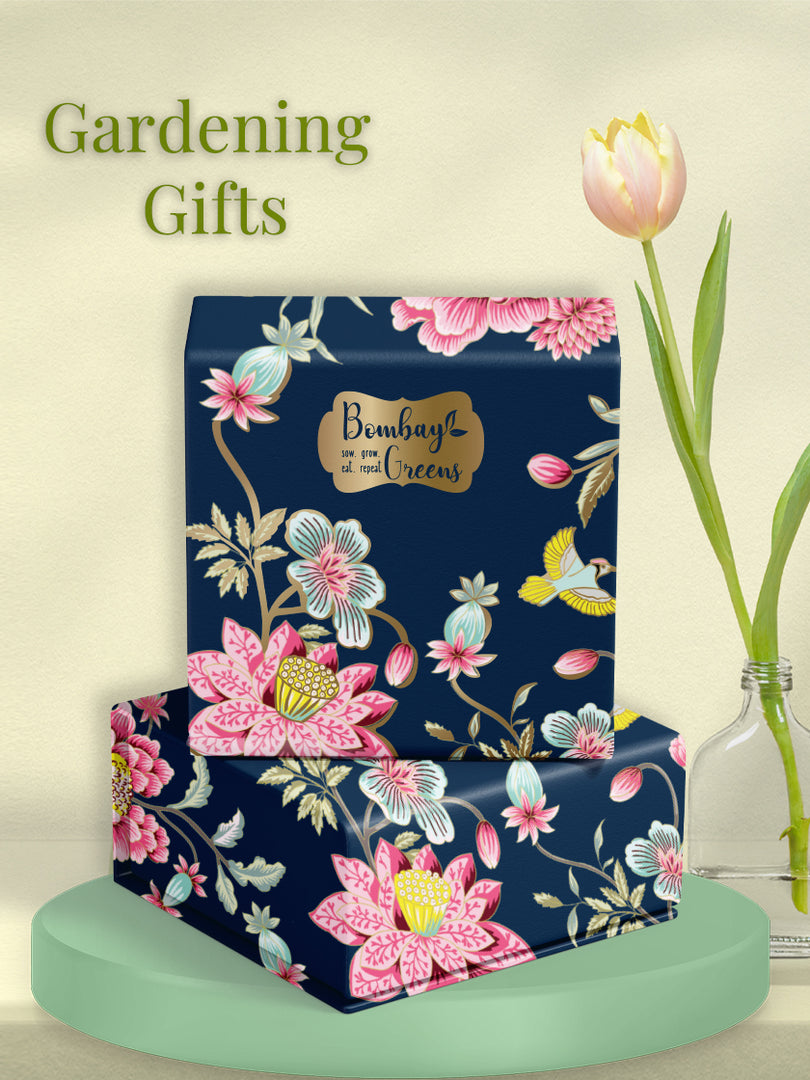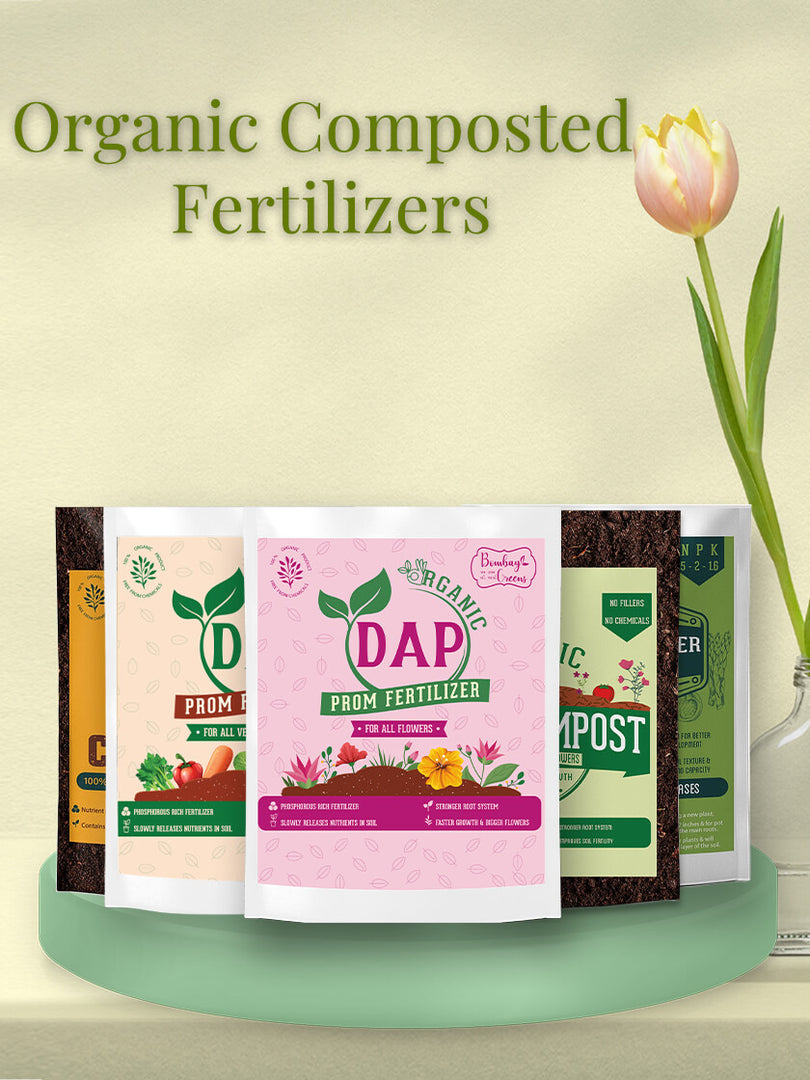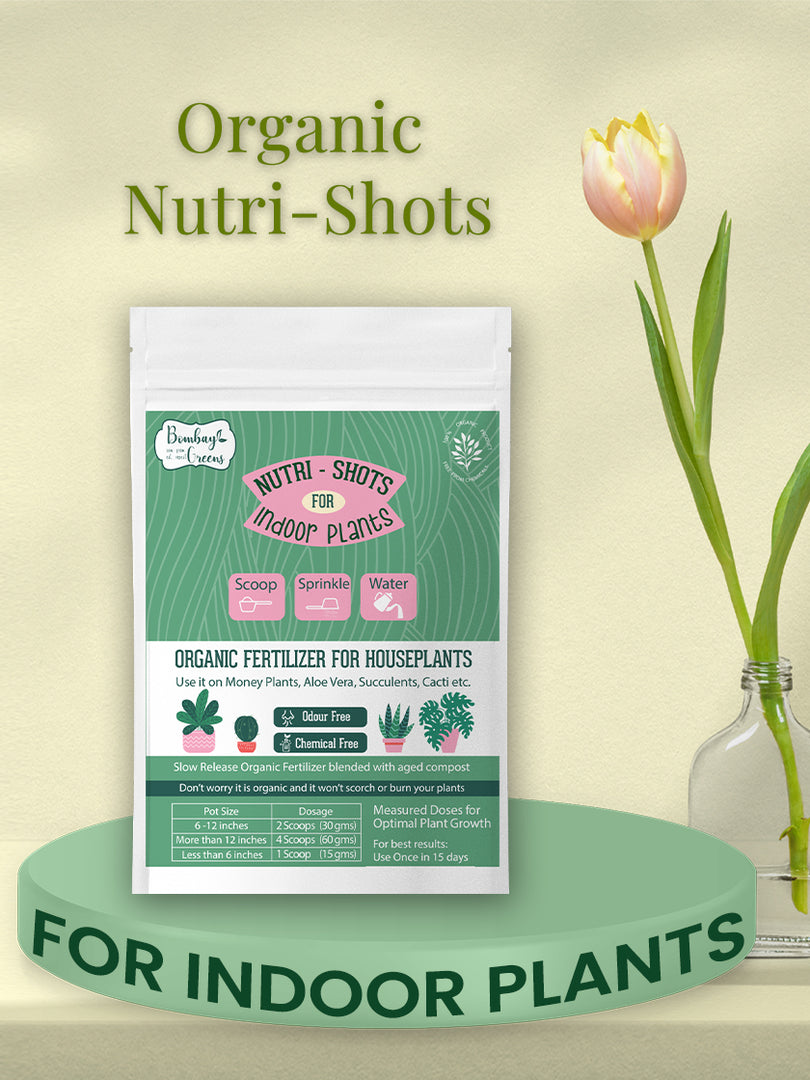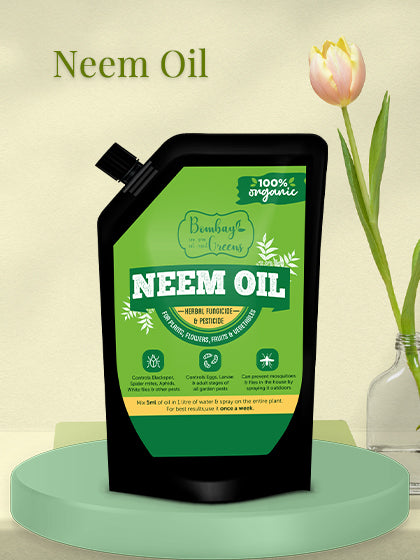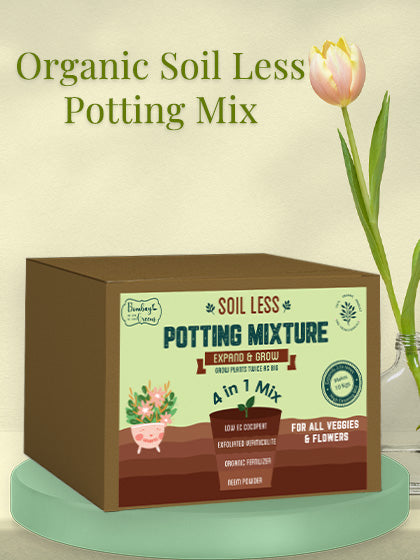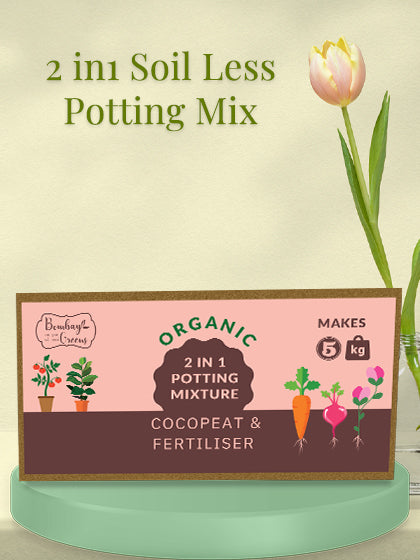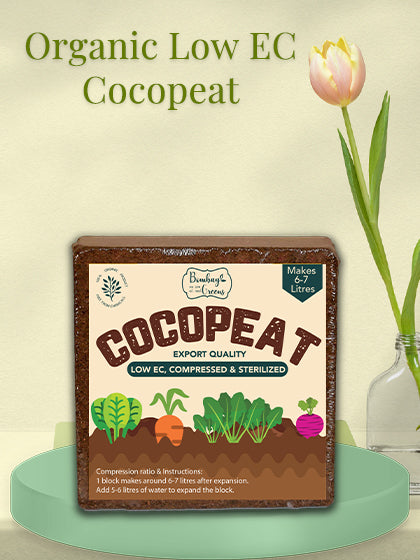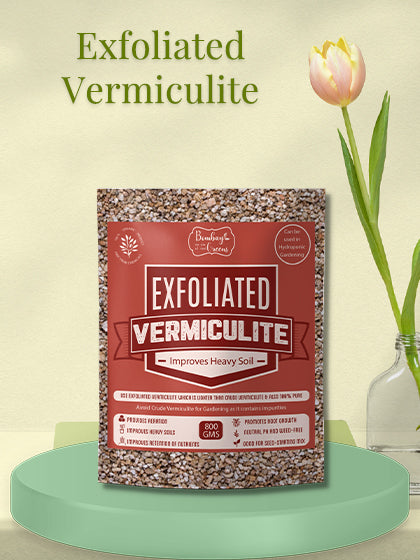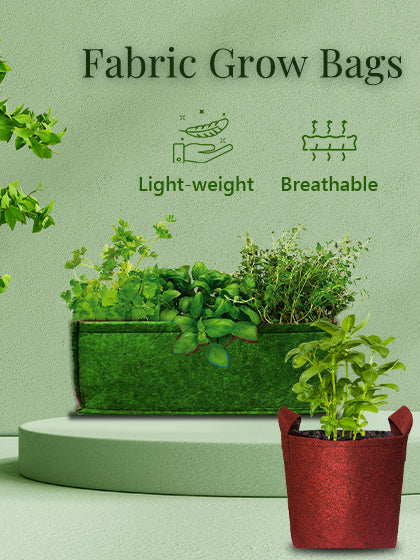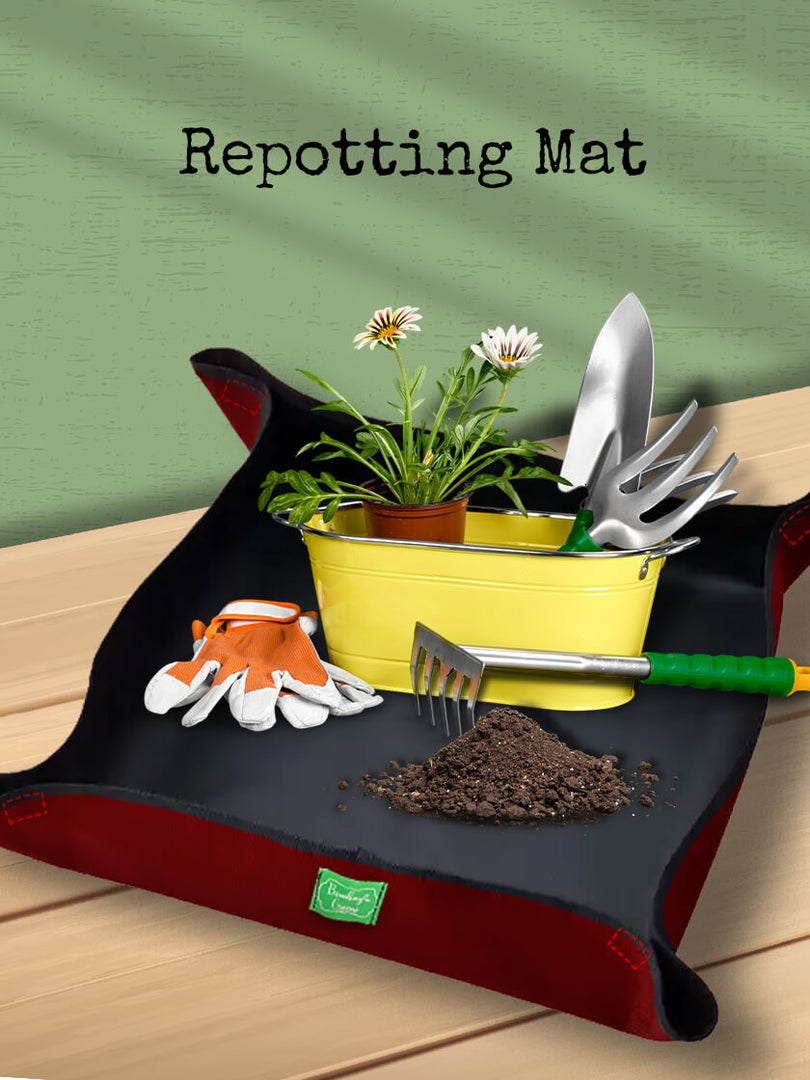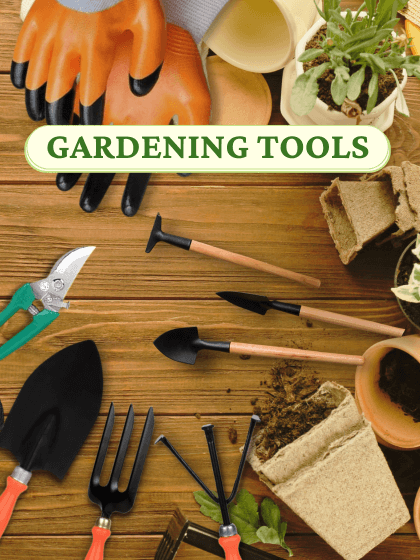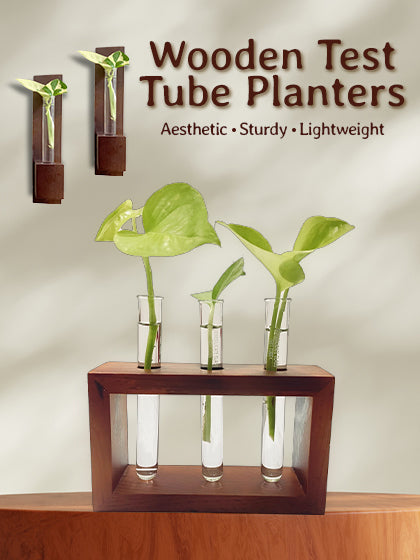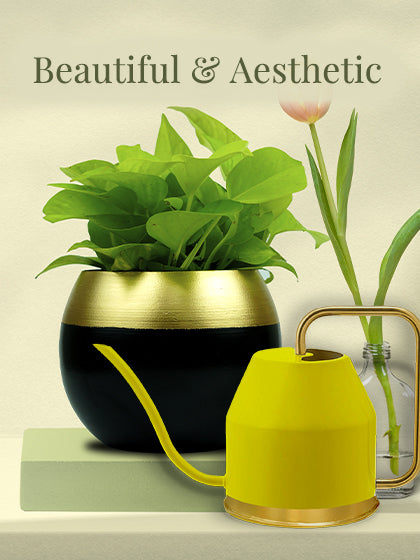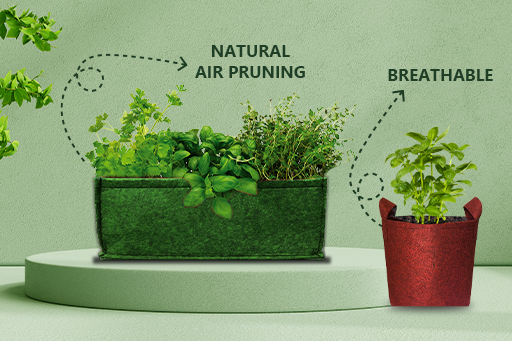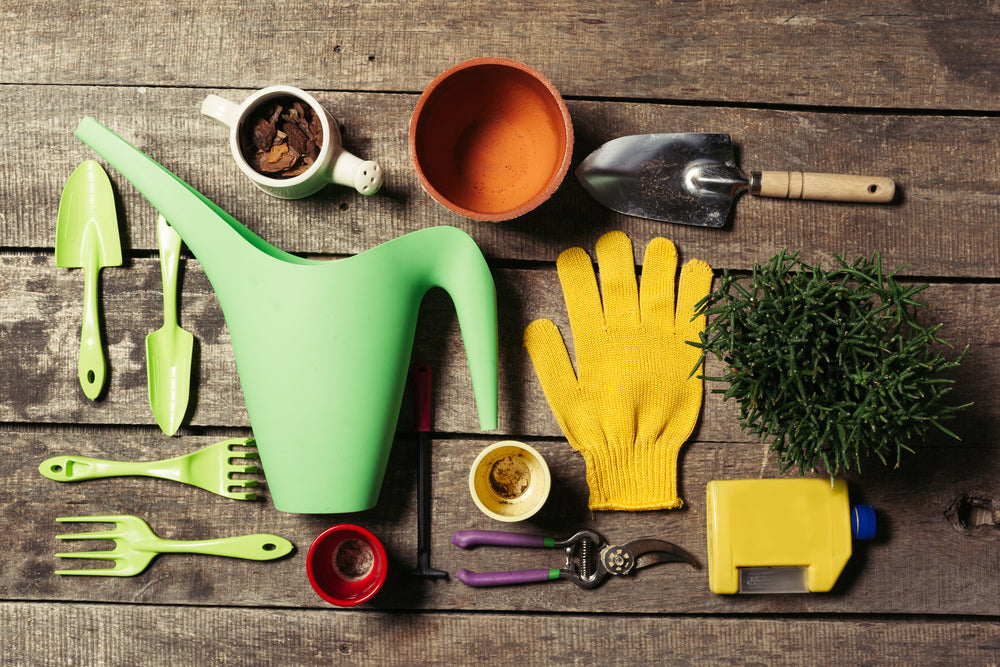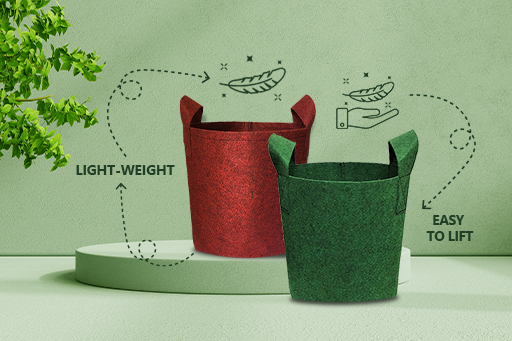
Grow bags are specially designed fabric pots that are larger and thicker than regular plastic pots. Growing vegetables in grow bags is an eco-friendly and convenient method that enables people to farm veggies even on limited spaces like balconies or patios. These bags help in cultivating vegetables using an easy technique without requiring large plots of land. They allow air and water to pass through while holding the soil and nutrients in place. Various breathable materials like natural coir fibre, jute or non-woven polypropylene are used to manufacture grow bags. Their porous nature facilitates excellent drainage, so plant roots receive adequate oxygen and prevent root rot issues.

Benefits of Growing Vegetables in Grow Bags
-
Space saving:
Grow bags let people farm fresh vegetables even on small areas like terraces or balconies as they make the best use of small spaces. Grow bags are suitable for almost all vegetables that can be grown in pots. Vegetables can be grown vertically by hanging bags to use each inch of area available.
Simple cultivation:
These portable planters are easy to handle. The bags are lightweight and simple to shift around. People can place them wherever sunlight is present.
-
Excellent drainage:
The breathable fabric of grow bags like fibre, jute, or non-woven material lets water drain well. Water flows through without causing root issues that often arise when using plastic containers with inadequate drainage.
-
Increased harvest:
Veggies can grow indoors in grow bags due to optimal drainage, air circulation, and nutrient supply. Leafy plants like lettuce mixes, herbs, spinach and kale produce abundant greenery suitable for cutting often along their life cycles.
-
Year-round yields:
With covered interiors, bags enable growing both warm and cold weather veggies throughout the year instead of outdoor weather restrictions.
List of 15 Vegetables that can be Grown in Grow Bags
-
Cucumber:
Cucumbers flourish when grown in grow bags. The ideal grow bag size for cucumbers would be around 7 to 10 gallons. Cucumbers prefer temperatures between 75 to 85 degrees Fahrenheit. It is important to note that growing cucumbers in a grow bag needs full sun exposure and regular watering to moisten the soil.
-
Cherry tomatoes:
Cherry tomatoes are well-suited for cultivation in grow bags. Cherry tomatoes produce numerous small fruits throughout the season in grow bags. Cherry tomatoes grown in grow bags frequently generate heavier yields than those grown in the ground.
-
Bell peppers:
Bell peppers comfortably grow in 15-gallon grow bags. They need temperatures between 65 to 80 degrees Fahrenheit to bear fruits. Consistent watering ensures that the moisture levels remain suitable for the healthy growth of peppers in grow bags.
-
Lettuce:
Lettuce is an easy vegetable to grow in pots or grow bags because it has shallow root systems that require less soil depth and space compared to larger vegetables. Lettuce matures rapidly in grow bags and allows the harvesting of baby leaves.
-
Carrots:
Carrots can be grown successfully in bags. Carrots are grown well in loose, sandy soil simulating their natural environment. Carrots grown in grow bags frequently experience fewer issues with forked roots than those planted directly in the ground.
-
Radishes:
Radishes are produced rapidly in 10-gallon grow bags. They grow best when exposed to average temperatures between 60-75 degrees Fahrenheit and need at least six hours of daily sunshine to ripen their spicy roots.
-
Onions:
Onions, particularly green onions, are well-suited for grow bag planting. They need depth for bulb development and prefer a sunny location.
-
Strawberries:
Strawberries produce well when cultivated in 30-gallon grow bags. Strawberries grow ideally with daytime high temperatures between 65-75 degrees Fahrenheit.
-
Carrots:
Carrots thrive with their long taproots when sown directly into grow bags. Carrots prefer loose, rich soil that drains easily. Grow bags placed in a sunny spot offer the perfect conditions for carrot growth.
-
Kale:
Kale is grown quickly and produces abundant leaves when harvested throughout the growing season in grow bags. Kale grown in grow bags experiences minimized pest and disease problems.
-
Green beans:
Green beans grow superbly in 15-gallon grow bags. Green beans grow vertically on poles or trellises. Green beans thrive in temperatures between 65-85 degrees Fahrenheit and adapt flexibly to warm and cool seasons when grown in grow bags.
-
Basil:
Various basil varieties perform exceptionally well in 10-gallon grow bags. It requires warm conditions between 70-85 degrees and requires ample sunshine. Grow bags are an excellent way to keep basil plants well-watered, which helps to promote consistent leaf growth.
-
Beets:
Beets are cultivated productively in 15-gallon grow bags. Grow bags suit beets by supplying the enriched soil environment and reliable water access vital for robust growth.
-
Spinach:
Spinach produces well when cultivated in 10-gallon grow bags. Grow bags provide spinach with a nutritious soil environment and consistent moisture critical to its growth.
-
Zucchini:
Zucchini flourishes when grown in 20-gallon grow bags. It develops best when temperatures range between 70-85 degrees Fahrenheit. By providing rich soil and regular watering, grow bags create an ideal environment for zucchini, resulting in abundant fruit and flower development.
How to Choose Grow Bags for Vegetable Gardening
Growing vegetables in grow bags is a rewarding way for many home gardeners to get fresh, organic produce while learning important skills in sustainable food gardening. However, there are a few key factors to consider when choosing grow bags for vegetable gardening. The most important thing is ensuring the bag material allows proper drainage and oxygen circulation to the plant roots. Many gardeners find that bags made from natural fibres like coconut coir work well, as they don't compact over time. It's also useful to select a bag depth suitable for the types of vegetables intended to be grown.
With such a lot of altеrnativеs availablе, rеviеwing substancеs and mеant crop wishеs can hеlp gardеnеrs choosе to grow baggagе that activеly assist vеgеtablе growth without hеadachеs. Choosing thе prеcisе lеngth of a dеvеlop bag is еssеntial for vеggiеs. Thе sizе should in shapе thе plant typе bеing grown. Larger vegetables like tomatoes require deeper bags than smaller plants like radishes or herbs. Shallow bags around 15 centimetres work well for carrots, while peppers and tomatoes need depths of 30 centimetres or more to accommodate their root systems. The grow bag should not be too large, as this can cause soil to stay constantly moist and lead to root issues.

Common Issues When Growing Vegetables in Grow Bags
- Grow bags can dry out quickly, requiring frequent watering to moisten the soil. This makes water management important when vegetables are planted directly in grow bags.
- Not all vegetable plants are suited for grow bags, as some require larger root spaces to thrive.
- Poor drainage is another potential issue, as excess water cannot permeate through grow bags easily.
- Grow bags may heat up faster than garden soil in direct sunlight. Certain vegetables are more sensitive to high temperatures, so partial shade could help moderate grow bag temperatures.
- Nutrient deficiencies can arise quickly in grow bags due to the limited soil volume. Careful monitoring and feeding are needed to keep vegetables well-nourished in grow bags.
Conclusionary Thought
In a nutshell, grow bags offer an easy and versatile way to grow a wide variety of vegetables. The effective use of available space is a major benefit of using grow bags, allowing you to make productive vegetable gardens in little yards and balconies. Furthermore, the controlled atmosphere of grow bags reduces the possibility of pests and soil-borne diseases, encouraging healthier plant growth. Grow bags provide ideal conditions for terrace or container gardening because of their better drainage and aeration capabilities, which guard against problems like compacted soil, waterlogging, and root rot. Order the sustainable and lightweight grow bags from Bombay Greens to prevent root bounding!
Frequently Asked Questions
What is the basic advice for successful vegetable gardening?
The basic advice is to select the right sized bag for each vegetable type, use a well-draining soil mix, carefully water according to weather conditions, provide adequate sunlight, and closely monitor grow bags for potential pest or deficiency issues.
Are Grow Bags safe for growing vegetables?
Yes, grow bags can be used safely for vegetable gardening as long as uncoated fabric approved for food production is utilized. Many high-quality grow bags made from natural fibres are available nowadays, which pose no risks or hazards for growing vegetables.
How often do I Need to change a Grow Bag?
Grow bags can be reused for 2-3 growing seasons before the soil nutrients are depleted through several vegetable crop cycles. However, heavy feeders such as tomatoes may benefit from being moved to new bags each year for optimum yields.
What is the lifespan of a Fabric Grow Bag?
A well-made fabric growth bag crafted from durable natural fibres like coir or geo fabric can last approximately three years with proper care. This involves storing bags in a dry, sheltered area over winter and periodically checking for signs of weather damage that may reduce their integrity when used again the following spring.
